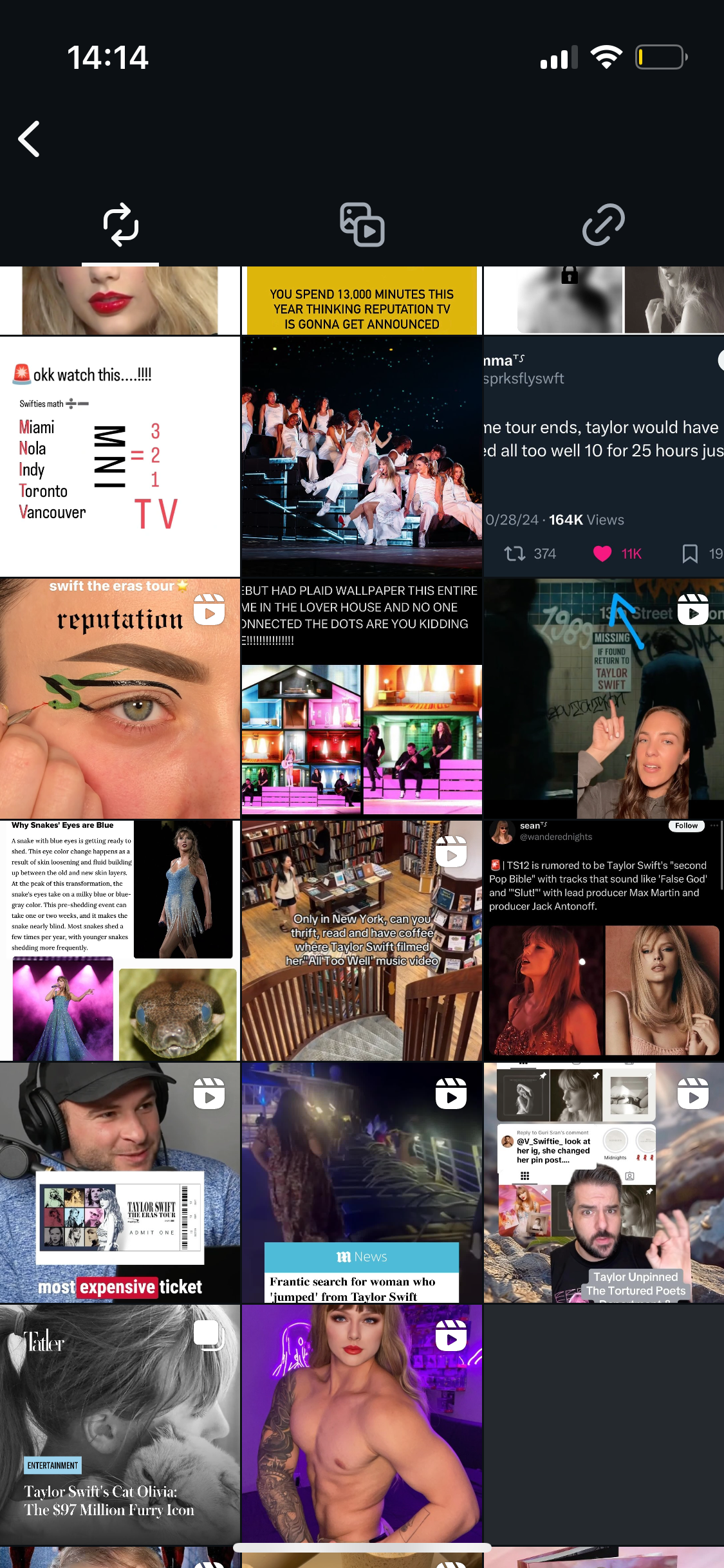To receive regular updates on my work, please subscribe to my newsletter:
08.01.2025
The Hague
This morning, I went for a swim in the North Sea. While watching the sunrise and seagulls over the lighthouses, I was reminded of a promise I made to myself a year ago. I promised to draw more flowers, and I kept that promise. I drew violets and roses, lilies and lavender, and countless other plants. Some for clients, some for myself, and some for my friends. It's my way of communication beyond words, beyond letters.
It is also a way for me to process the devastating sadness that overcomes me from time to time when thinking about the destruction of this planet and the disappearance of so many species. I often feel hopeless, angry, and sad just thinking about all this suffering caused by us humans. Drawing flowers is perhaps my way to deal with the inertia coming from those thoughts and with this ever-growing grief. By drawing flowers, I hope to remind myself of their fragility and their incredible importance for our world. I hope to remind myself that we should grow, protect, and cherish them.
So, to commemorate what might one day be gone, I am now sharing with you my first release of the year, Idyll.
Idyll is a typeface consisting of 26 monospaced initials and a bunch of floral ornaments. It is inspired by my time spent with my dear friend C at her organic farm, Terrafranta, in the hills near Florence—a place so beautiful, so unreal. I drew these letters last spring and summer as a love letter. A love letter to starry nights and midday heat. To sage, lavender, orchids, and bees. To our friendship and to what might one day be lost forever
*
Last March, C woke me up early. “I want to show you something,” she said. I followed her, hurrying over the pale green hills somewhere outside Florence. Morning dew on the grass, cicadas humming, silver olive trees, wild asparagus, lavender, and rosemary. Her long blonde hair kept getting caught in bramble bushes. "Just a bit further," she said, searching the ground. Then she pointed. There it was—an orchid. Translucent purple.
“They just appear mid-March,” she said. My birthday. “Little figures hanging in the wind,” C called them. They grow in a few places in Italy, but they’re facing extinction—because of the changing climate, the lack of care, the endless exploitation of land and resources, and the never-ending greed. Like so many species. Fragile. Rare. C protects them, looks after them, and makes sure they come back each year. That day, she gave me one of the most beautiful birthday gifts I’ve ever received: seeing the first orchids of the year.
*
Life without IG
On another note, I was asked many times how my life is without Instagram. It's been just two months, but it has been purely wonderful. I feel about 20% happier, my occasional anxiety has disappeared completely, and I feel more focused, calm, and present. Life has become a bit more real, a bit more saturated again. All of this might sound like a cliché, but it’s true (like so many clichés).
Luckily, I have not yet seen any negative changes when it comes to the business part of my practice. I have received just as many requests for projects and collaborations.
There is one thing that feels slightly strange: not being able to post about new work and receive instant gratification. Idyll, for instance, has been on my website since Monday. Usually, I would immediately post about it and get carried away by the strong rush of emotions coming from the reactions to stories and posts. Now, there was nothing. A very humbling experience in some way. So far, it feels more genuine and sustainable and gives my work a more intrinsically motivated purpose. However, I do wonder how big the impact will be in the long run, especially when it comes to exposure and sales.
*
Other updates
Let me end this letter with a little recap of other things I have been busy with since my last entry. The day I disappeared from Instagram, I received the Young Guns Award 22 in New York, which was a very sweet experience. Thank you to everyone who supported me during this time. <3
Returning from the US, I finalised the artwork “Dreams” with my dear friend and collaborator Yamuna Forzani. It is part of our ongoing project, Symbols of Utopia, a series of large-scale 3D-knitted tapestries celebrating female and queer friendship, community, and empowerment. It is developed at the Tilburg Textile Museum and supported by Stimuleringsfonds. This first work was on view at Dutch Design Week and Pan Amsterdam (represented by Rademakers Gallery). It is currently on show at Amsterdam Museum as part of their exhibition "Vrouwen van Amsterdam — Een Ode," for which it was initially commissioned (on view until August 31st).
In December I finished the first comprehensive monograph for Street Art Frankey and launched it at Moco Museum Amsterdam with Mendo Publishers. It was truly a wild experience to present a book in that context. Thank you to Carmen Dusmet Carrasco, Sanne Bolten, Daniël Siegersma, and Frankey for working with me on this project in 2024. The typeface used for the book is MD System by Mass-Driver.
I also had the pleasure of working on the exhibition design for “I Hit You With a Flower” for Stedelijk Museum Schiedam with Stefaniia Bodnia. It's a lovely exhibition about feminist art and flowers (on view until May 4th). For this project, I drew floral ornaments based on all the works in the style of Versailles Gate. Stefaniia arranged them with Tonka and Versailles Gate for the signage.
Currently, I am enjoy working on several new typeface releases, as well as the Tonka, Seasummer, and Gauche updates.
Updates on Gauche, Seasummer, and Tonka coming this spring
*
For those of you based in the Netherlands: On the 20th of January, I will give a lunch lecture at Huis van het Boek and speak about my historical research into their archives with a focus on flowers and ornaments. Hope to see you there.
Other than that, I wish all of you the very, very best for 2025! Feel free to reach out if you have questions, thoughts, or want to work together. :) Hope to see many of you around this year.
Lots and lots of love,
C
P.S. Sharing this song with you, which I have been listening to on repeat since the end of 2024: www.youtube.com/watch?v=nUGPkLg3yCM
P.P.S. Thank you Stimuleringsfonds for so generously supporting my practice.
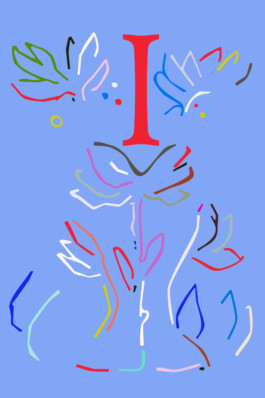
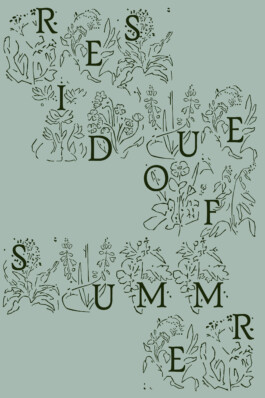
Idyll, 2025
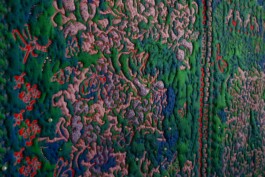
Symbols of Utopia, with Yamuna Forzani
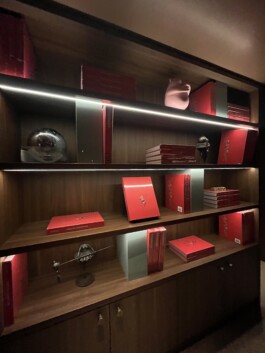
Positive Disruptions, Street Art Frankey
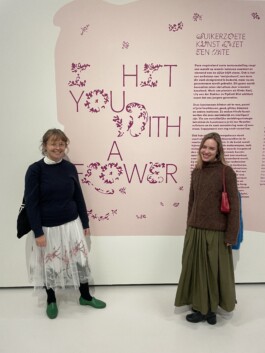
I hit you with a Flower, with Stefaniia Bodnia
13.11.2024, WEDNESDAY
NEW YORK
(Almost) complete silence. For two weeks. No communication, no phone, no writing, no reading. Just trees, squirrels, chipmunks, shooting stars, light reflecting on the clear surface of a pond, bright sunrises, and clear nights, far too warm for November. That was my reality for 14 days during a silent meditation retreat, I just came back from. Somewhere, middle of nowhere, central Massachusetts.
A world almost void of language, almost void of type. The only samples of text being the labels on the food (in Papyrus) and the welcome letter (in a standard sans serif). It’s a calmer world. It’s a world I normally don’t talk about in my professional practice but a world I have been entering frequently for 10 years, and it is an integral part of my life.
Arriving there, I was exhausted. I slept the majority of the first three days. No one being able to reach me, having to be no one, was bliss. I could finally calm down. I think communication is always more exhausting than we realise. Leaving retreat was one of those pivotal moments, for many reasons. A moment to reflect on my practice and what I really want from this life. This experience solidified a thought I’d had for a long time: I don’t want to use Instagram or social media anymore.
I’ve been thinking about this decision ever since I got my iPhone, and consequently Instagram, four years ago, that fall during COVID. I had just graduated from the Type and Media master program, was about to my own independent practice, decided to stay in The Hague, and wanted to start a type foundry.
While I was studying, I did not have a smartphone (there was even a long period where I did not have a phone at all). I did not have Instagram until I graduated. I never viewed the work I produced as a student as something that needed to be shared immediately. I did not want to get into the loop of creating for outside recognition. Studying was supposed to be my space to explore and fail (the ultimate art school cliché). Not having social media is still something I strongly advise to every student (an advice that gets ignored every time).
During my graduation dinner with my parents, my mother pulled out my graduation gift—her old iPhone. I was 25 at the time. A very generous and thoughtful gesture, contributing to my new career and future. I remember the exact feeling at that time: gratitude for my parents supporting and trusting in my decision to sustain myself on my own, and this sinking feeling of losing my independence. No longer would I have to scribble down maps on paper, print out entrance tickets, or use my iPod.
That time was the beginning of so many things. An influx of communication: late-night texts, laughing and crying on FaceTime, nervously refreshing for responses, memes, new music, insights into friends’ vacations, collaboration requests, admiration, gratification, scolding messages, declarations of love, devastating political updates. A constant stream of scattered information coming from various platforms.
I downloaded Instagram, more as a strategy than for the urge to be seen. It offered me a quick way to get recognition for my work and a certain reach. Essentially, it gave me the freedom to live the life I have now and to be able to work on my own projects and sell typefaces.
The first weeks were weird, being so late to the trend. I felt illiterate. It was a world of codes to learn: when to watch a story, which typeface to use in my stories, how to write on there, what emojis to use. And is it cooler to write in all lowercase or not? (I still don’t know.)
As soon as I made my account, I swore to myself to delete it as soon as my practice was more established. I made the rule to never share my personal life on there unless someone tagged me. It always felt wrong to live life with the idea of sharing it. Everything becomes so transactional.
Strategically, I grew my followers: (semi) regular posts, collaborations, engaging with the app—all that stuff. I knew I needed my work to be seen if I wanted to make and sell typefaces independently.
Release days are surreal experiences. You work on a typeface sometimes for years, only for it to be reduced to 10 slides on Instagram, a caption, and some stories. I remember the first release I had on Instagram. It was Zaft2 with Jacob Wise.
A wonderful experience, one of my favorite collaborations. But release days are exhausting. That particular day, I was sitting alone at my parents’ dinner table in Germany during summer holidays. I was incredibly nervous and exhausted from the rush of incoming likes and comments. I could do nothing but stare at my phone, frantically going over the slides, refreshing, answering.
Over the past months, I had many conversations with friends and strangers about Instagram. It seems like most people resent the platform, but almost everyone I know is using it regardless. My reasons for leaving are not new, but I will outline them anyway.
I really dislike the platform, and I really dislike Meta. I dislike the huge impact it has on mental health on a large societal scale. I hate the constant judgment, the comparison. I hate the arbitrary, addictive nature of the algorithm. The tone of voice you need to nail, the persona you become, the anxiety that comes with “who follows me or doesn’t?” “What’s the perfect follower/following ratio to be cool but still approachable?” etc. As a young teacher (the same age or even younger than some of my students), I don’t know if I should follow or interact with my students. I don’t even know if I am even allowed to. I hate doom scrolling, and yet I would waste away hours watching meaningless reels. I dislike the constant communication. Having to be available 24/7. I dislike how politics, art life, and personal life intermingle—a picture of dead children next to the latest ampersand I drew. I hate that I can deinstall the app and always come back to reinstalling it. I don’t like what it does to my brain. I hate close-friends stories, I hate noticing being blocked from someone’s stories and wondering why. The reactions, the fire emojis, the lack of poetry and beauty. The quick hype, the speed, having to think strategically. I hate how the app makes me feel, how it makes me think, and how it makes me behave.
So why would I share my work and consequently spend a substantial part of my life on a platform that I dislike so much?
Since the beginning of this year, I have been contemplating on what the best alternative would be for myself. I am also excited to see if it is possible to run a type foundry outside of Instagram (Velvetyne seems to have done it pretty successfully for the past year).
I concluded that I wanted to develop more long-form and slow content. I would like to develop a space that challenges me to reflect on my practice and on type design as a whole without an instant feedback loop.
My current solution is to develop an email newsletter every few weeks featuring the following:
- Release updates
- Beta versions of my typefaces
- Free trial fonts
- Insights into my projects and practice
- Conversations with collaborators and friends
- Anything else that I’m interested in: visual findings, references, and research
It’ll be professional updates and personal stories, both intertwining, sometimes fictional, sometimes real.
The content of the emails will be archived on my website and complemented with additional content on a more frequent basis. But I don’t want to define a clear format for this just yet. I trust that it’ll shape over time.
My practice is first and foremost about storytelling; my typefaces are as much stories as they are tools. And this is just another format for speaking about the things I find important and that excite me.
Will this change my practice? Possibly, since it allows me to have more space to make more considerate decisions and more time to dive deeper into my work. But I don’t intend to change the type of work I do.
In terms of releases, I am currently working on Tonka Cyrillic (with Jovana Jocic), Tonka Italic (with Huw Williams), Gauche Ultra Italic (with Jan Egbers), and Seasummer Cyrillic (on Future Fonts, with Stefaniia Bodnia), all coming up in the next months. More about them and other projects very soon!
Letters are everywhere. We often don’t realize the amount of different typefaces we encounter daily. Yet, to the average consumer, type seems like an inaccessible, complicated, niche world—too closed-off, too specialized, and weird to be understood. In my opinion this leads to the discipline being often extremely elitist and conventional. For the past few years, I have been trying to break down those boundaries. Because I love type, and I love stories. I love romanticizing life, finding hidden meaning in the smallest coincidences and details. I love codes and ornaments and symbols and language. This new format will be about all of this, about breaking the boundaries of my practice and about my search to find a new perspective to talk about type (not just to other type designers). In that sense, a love letter to letters.
Love,
C
P.S. To end this on a sentimental note: there is precisely one thing I will certainly miss dearly—my “swifties” group chat. A small group chat with my good friends (some of whom I have never met IRL), which started as a joke one and a half years ago and turned into a very consistent and serious endeavor. Almost daily updates solely about Taylor Swift, conspiracy theories, fashion analysis, conspiracies, breakup playlists, and anticipation for new album releases. I will miss this sweet, comforting feeling of community, of shared excitement over something as ridiculous as the life of a pop star, and of unconditional support and friendship. I will remember you All Too Well <3
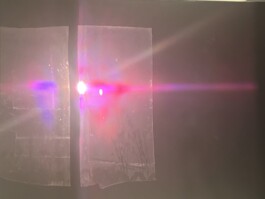
The view while writing this
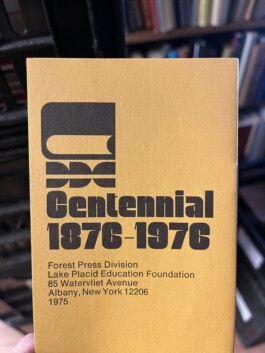
Findings in Vondelstraat with Rutherford Craze
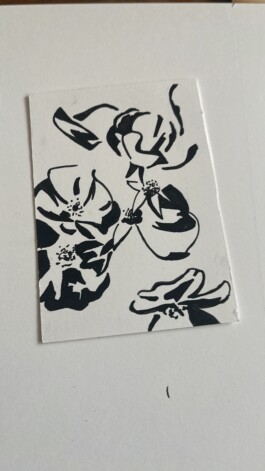
Some roses drawn last month
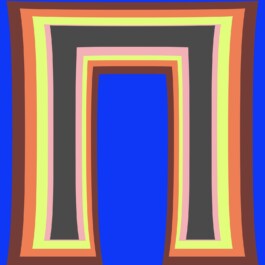
Tonka Cyrillic with Jovana Jocic and Huw Williams, visuals by Stefaniia Bodnia
